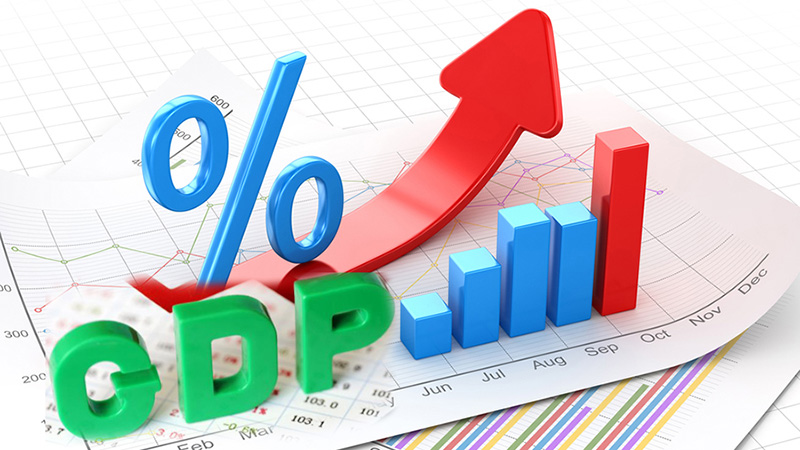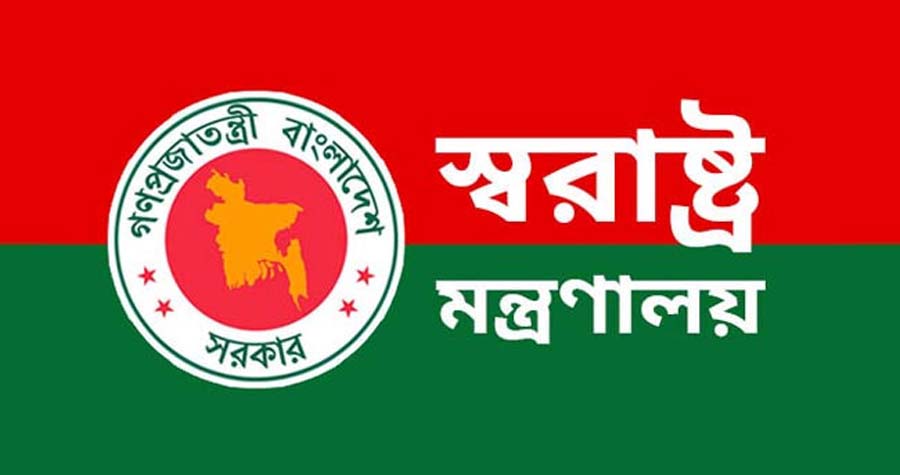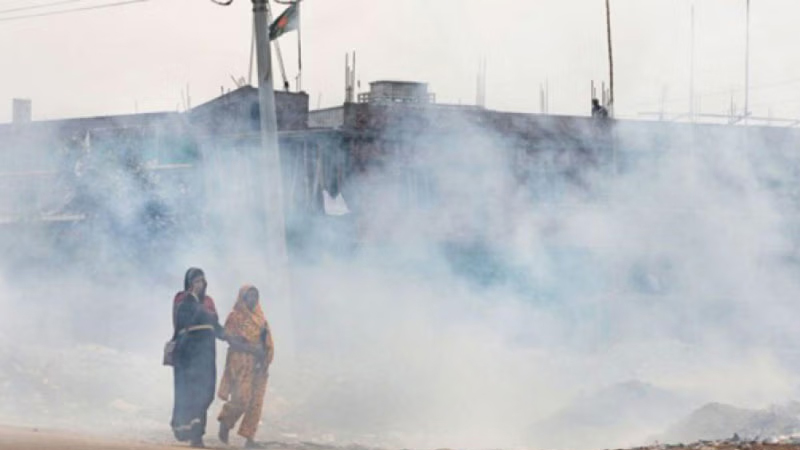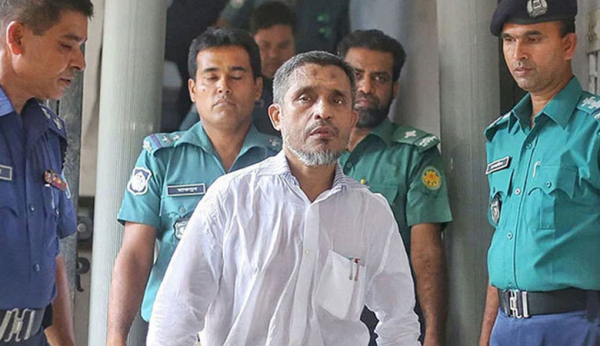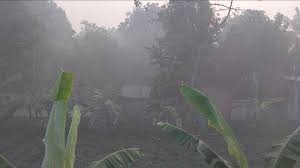The outstanding public debt surged by a record 1.5 percentage point of the gross domestic product in the outgoing fiscal year 2020–21 against the backdrop of the COVID-19 pandemic.
The trend is likely to continue in 2021–22 as the public debt is projected to grow by 1.2 percentage point of the GDP with the government to be on a borrowing spree against a plummeting revenue collection.
According to the ministry of finance’s Medium Term Macroeconomic Policy Statement FY21–FY23 released on June 11, the 1.5 percentage point surge in the overall debt was rare in recent past.
The statement said that the government borrowing to meet additional costs to tide over the worst virus outbreak after the World War Two would continue as the revenue collection has suffered a setback in FY20 due to the nationwide economic shutdown in the wake of the pandemic.
The overall revenue collection stood at Tk 1.64 trillion until March of FY20, which was 47.2 per cent of the revised budget target in the FY20.
The government in the new fiscal year would owe Tk. 11.7 trillion to domestic and foreign borrowers, up from Tk 9.9 trillion in the current fiscal year, being badly affected by the COVID-19 onslaught.
The government debt is projected to see sharp rises in the subsequent years as well as the outstanding debt would be 38.3 per cent of the GDP in FY23.
The amount of the domestic debt would increase to 23.7 per cent of the GDP from 21.0 per cent in FY19 while the external debt to 14.5 per cent of the GDP from 12.1 per cent in FY19.
The sharp rise in the external debt has been attributed to the spree of costly short-term loans and suppliers credit to implement development projects.
Policy Research Institute executive director Ahsan H Mausur said that the steep rise in the external borrowing exposed many risks against the COVID-19-induced economic downturn.
Many projects taken up without proper feasibility studies will have no economic viability due to cost overruns and delayed implementation, he cautioned.
Newly-appointed ERD secretary Fatima Yasmin said that the ratio of the external debt to the GDP was hovering around 13 per cent until last year, much below the danger level of 50 per cent.
Despite the surge in the country’s overall external debt it is still at a tolerable level, she said.
Jahangirnagar University economics professor Anu Muhammad said that the public debt would be bigger if the guarantees and counter-guarantees worth Tk 60,653.07 crore, 2.16 per cent of the projected GDP in FY20, was taken into consideration.
The Medium Term Macroeconomic Policy Statement said that the power and energy sector alone accounted for 58.61 per cent of the total contingent liabilities followed by Bangladesh Biman and the agriculture sector with 16.95 per cent and 6.07 per cent respectively.
The Power Division projects include the controversial Rampal 1,320MW coal-fired power project near the Sunderbans being implemented jointly by Bangladesh and India at a cost of nearly $2 billion.
The Rampal power project is being implemented by ignoring the UNESCO request for suspending it and the protests from local and international experts and green activists.


